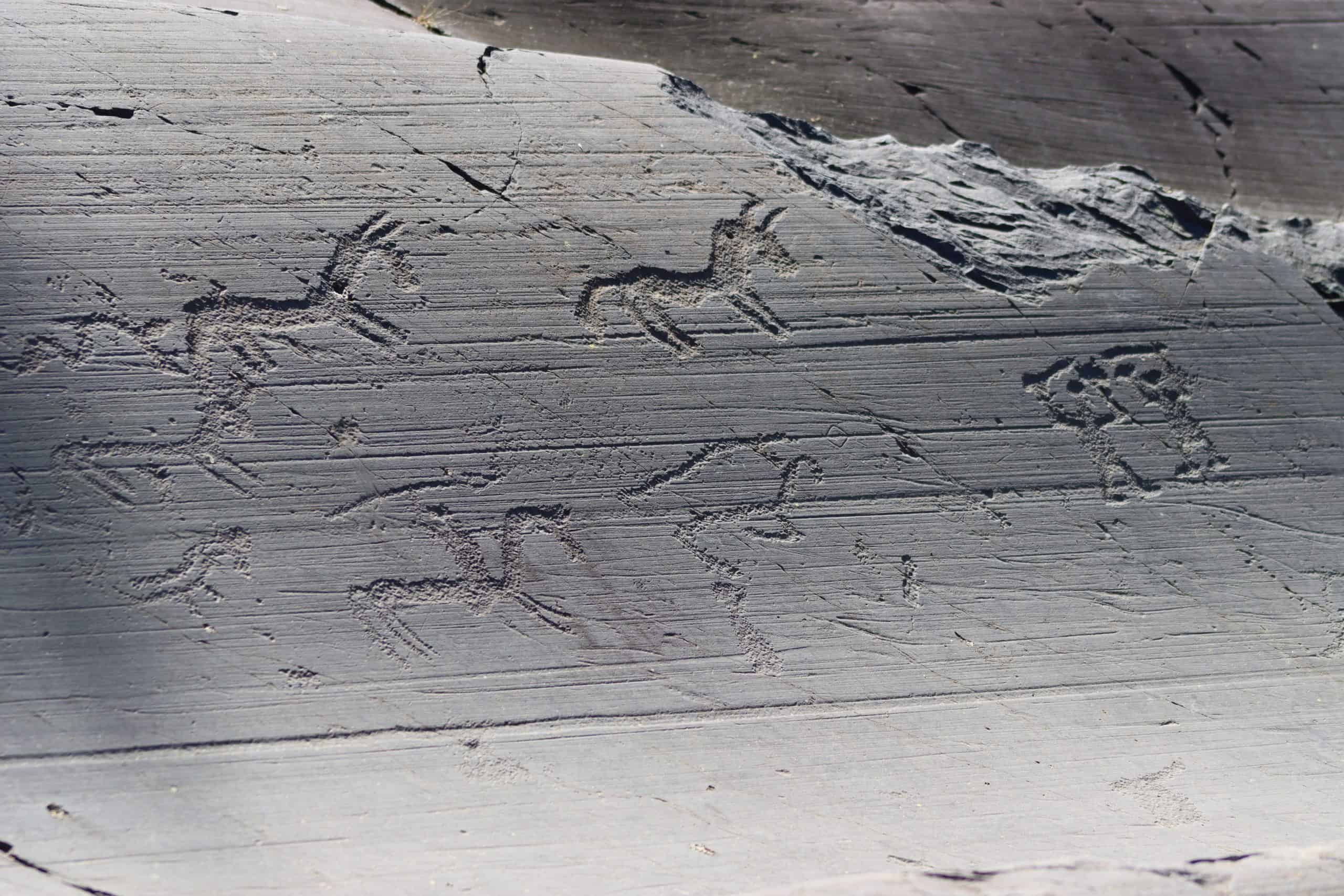
Established in 1955, the National Park of Rock Engravings of Naquane was the first Italian archaeological park and the first Italian site recognized by UNESCO in 1979 as a World Heritage Site.
In 1909 the geographer Gualtiero Laeng reported two boulders in the hamlet of Cemmo, near Capo di Ponte, and published them in 1914 in the Guide of Lombardy of the Italian Touring Club.
There are 104 rocks preserved with some of the most famous depictions of the rock art repertoire of the Camonica Valley.
The engravings present have a chronology that ranges from the Neolithic (V millennium a.C.) with schematic representations, to the most articulated symbolic compositions of the Copper and Bronze Age (III millennium a.C.), up to the narrative scenes of the Iron Age (I millennium a.C.) characterized by a dynamic and descriptive style.














